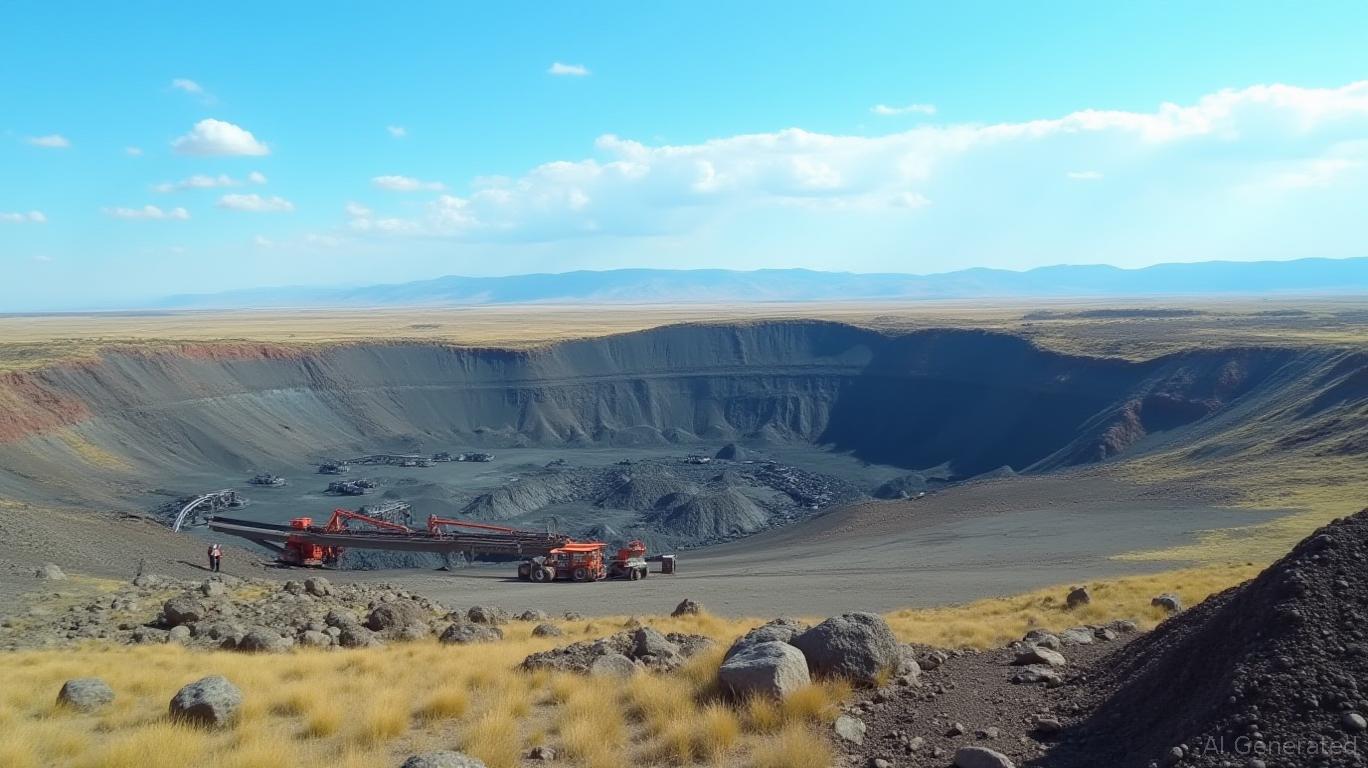
 











|
Signature Sponsor


July 3, 2025 - The U.S. energy landscape is undergoing a seismic shift, driven by policy decisions that favor coal's resurgence while exposing vulnerabilities in the renewable energy sector. Recent legislative and executive actions—from the reversal of the federal coal leasing moratorium to tax incentives for metallurgical coal—have created a clear near-term tailwind for coal miners. Meanwhile, the phased elimination of clean energy tax credits and electric vehicle (EV) subsidies poses significant risks for renewables and EV firms. For investors, this dichotomy presents a rare opportunity to tactically reallocate capital toward coal-related assets while strategically shorting sectors exposed to subsidy cliffs.
Coal's Near-Term Upside: Policy-Fueled Resurgence
The Trump administration's “One Big Beautiful Bill Act” has breathed new life into the coal industry. Key provisions include:
- Resumption of Federal Coal Leases: The moratorium on federal coal leasing, in place since 2016, has been lifted, unlocking access to 4 million acres of coal-rich lands. The Bureau of Land Management (BLM) is now required to fast-track lease approvals, with deadlines as short as 90 days.
- Royalty Rate Reductions: Federal coal royalty rates have dropped from 12.5% to 7%, directly boosting miners' margins.
- Metallurgical Coal Tax Credits: A 2.5% tax credit for metallurgical coal production—used in steelmaking—will provide $200–300 million annually in subsidies, even for coal exported overseas.
 These policies are already bearing fruit. Companies like Warrior Met Coal (WOR) and Consol Energy (CNX) stand to benefit directly. Warrior's Blue Creek mine expansion, for instance, could see production rise by 60% by 2026, supported by taxpayer-funded infrastructure investments.
As of June 2025, coal miner stocks have outperformed EV peers by over 20 percentage points, reflecting market optimism about subsidy tailwinds.
Renewable Energy's Retrenchment: Subsidy Cliffs and Valuation Risks
While coal enjoys policy support, renewable energy faces a reckoning. The same legislation that revives coal phases out critical clean energy incentives, creating a “subsidy cliff” for the sector:
- Clean Energy Tax Credits: Wind and solar projects must be placed in service by 2027 to qualify for federal tax breaks, creating a sharp decline in eligible projects post-2027.
- EV Tax Credits: The $7,500 EV tax credit, a pillar of U.S. EV adoption, has been terminated, reducing affordability for consumers.
- Critical Mineral Rollbacks: The phaseout of tax credits for non-metallurgical critical minerals by 2034 undermines battery and EV supply chains.
The data shows a stark drop in new wind projects securing tax credits, with 2025 approvals at just 40% of 2023 levels.
The result? Renewables face a valuation reset. Companies reliant on subsidies—such as solar developers and EV manufacturers—may see earnings pressured as costs rise and demand falters. Tesla (TSLA), for example, faces headwinds from lost tax credits and a competitive landscape now including subsidy-backed Chinese rivals.
Investment Strategy: Tactical Coal Exposure, Strategic Renewable Shorts
|
 










|